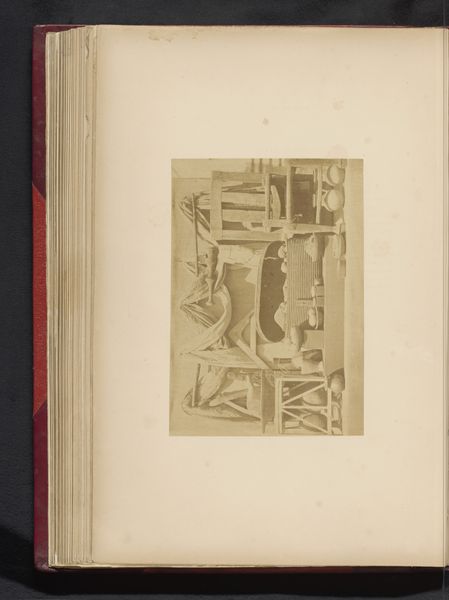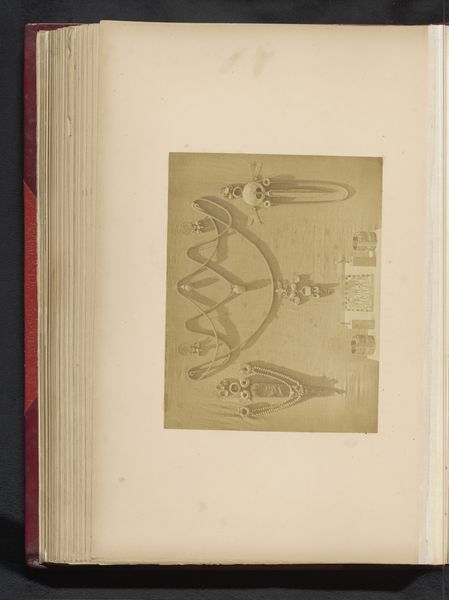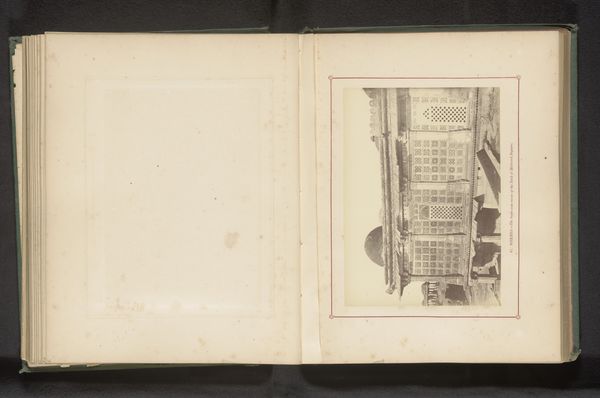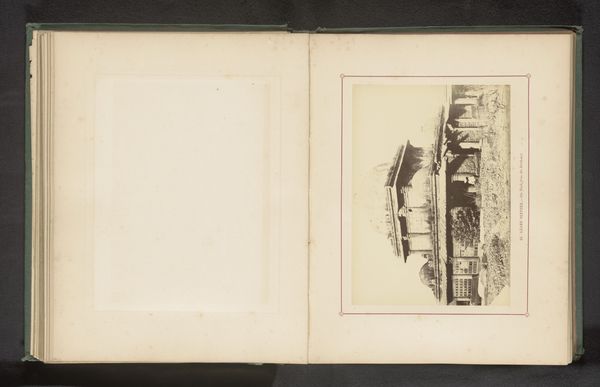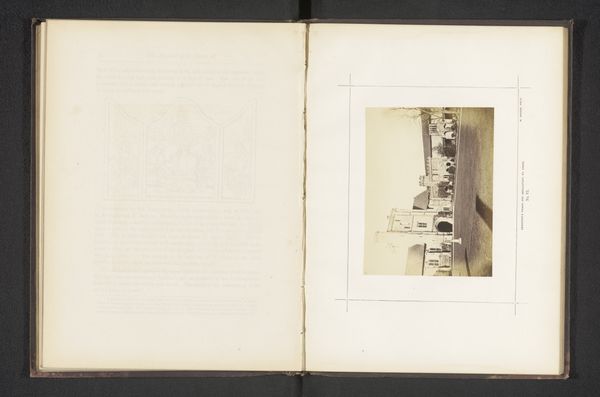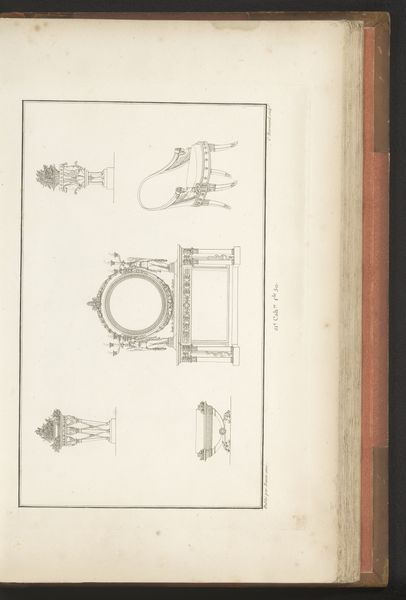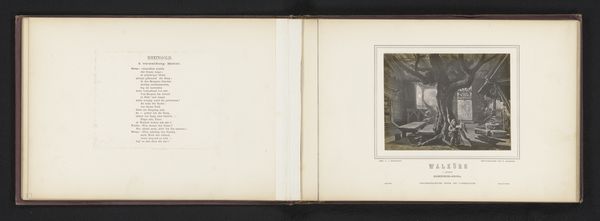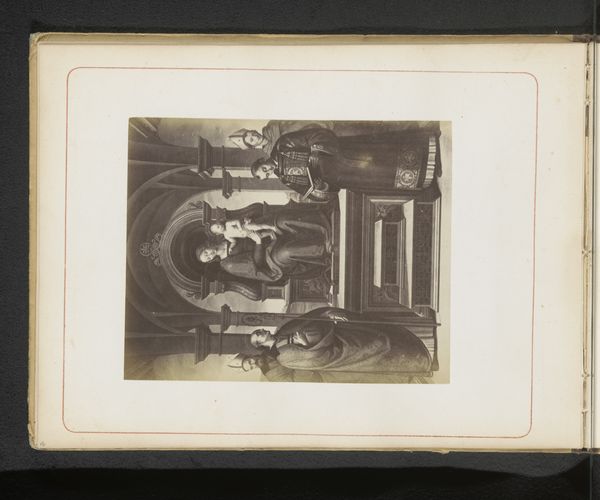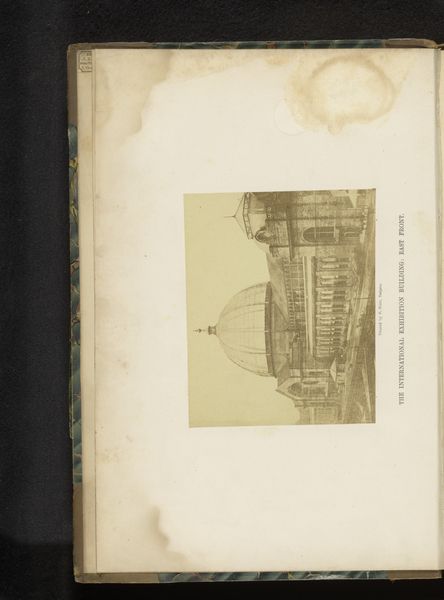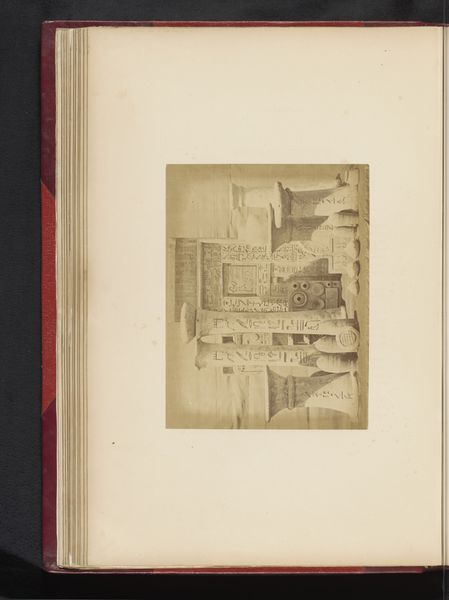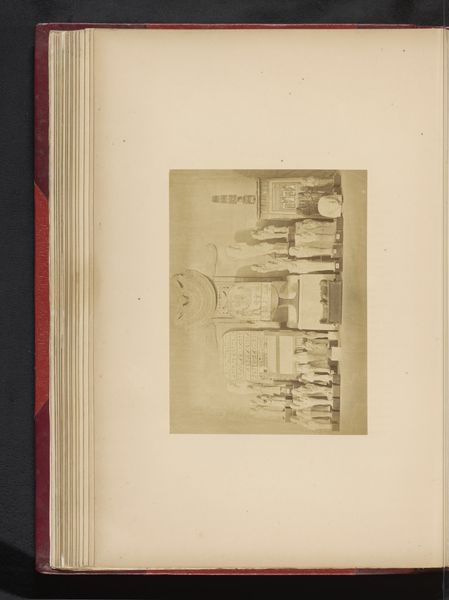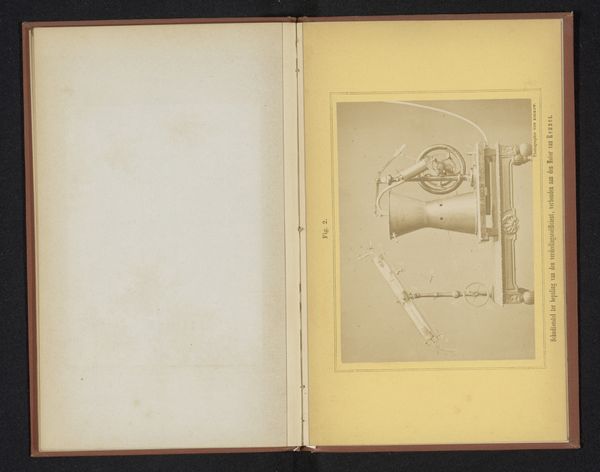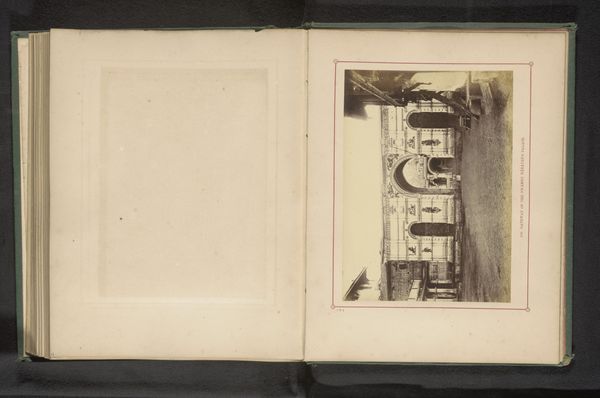
Verschillende Egyptische objecten in het Boulaq Museum in Caïro, Egypte before 1871
0:00
0:00
print, photography, albumen-print
# print
#
landscape
#
ancient-egyptian-art
#
photography
#
albumen-print
Dimensions: height 183 mm, width 240 mm
Copyright: Rijks Museum: Open Domain
Curator: Let's talk about this albumen print photograph, "Verschillende Egyptische objecten in het Boulaq Museum in Caïro, Egypte" by Hippolyte Délié, created before 1871. Editor: My initial impression is a sepia-toned inventory of power and afterlife—almost clinically presented. There’s an oddly sterile stillness despite the weight of history contained in each object. Curator: Indeed, the albumen process itself is crucial. Look at the texture, how it renders the stone and wood with such clarity. The labor involved, the darkroom techniques, speak volumes about early photographic practices and its integration with documentation. Think of the logistical challenges of creating images on site back then! Editor: That clarity is telling, but I'm thinking about the politics of display. These artifacts, arranged so neatly, represent a colonial gaze. Boulaq Museum, the predecessor to the Egyptian Museum, and Délié’s photographs were tools for categorizing, understanding, and, implicitly, claiming ownership of this history for European audiences. Who decided what was worthy of display, and how does that affect our perception? Curator: An excellent point! Consider the materiality alongside the social implications. The albumen process, a mix of egg white and salts, acts as a binder. Its availability and ease of use, relatively speaking, expanded photographic production. Who benefited from the rise of this photographic tourism? The printers? The photographers? Editor: Right. But even more broadly, consider the socio-economic implications on the local Egyptian communities whose history and labor were commodified through this process. How might they have perceived Délié documenting what was essentially their heritage for outside consumption? The objects were unearthed, moved and exhibited through someone else’s curatorial ideas and means of distribution. Curator: Precisely, a fascinating nexus of process and power. Seeing how photographic technology allowed for such broad distribution. Editor: It complicates a straightforward celebration of historical documentation, doesn't it? Curator: It certainly gives pause to any simple categorization. We must consider the process itself but be aware that the medium isn’t a neutral agent; it reshapes power dynamics. Editor: Yes, and by contextualizing these artifacts' journey—from excavation to museum display to printed image—we expose the layers of meaning embedded in them. The materiality reveals only one aspect of a multifaceted narrative.
Comments
No comments
Be the first to comment and join the conversation on the ultimate creative platform.
